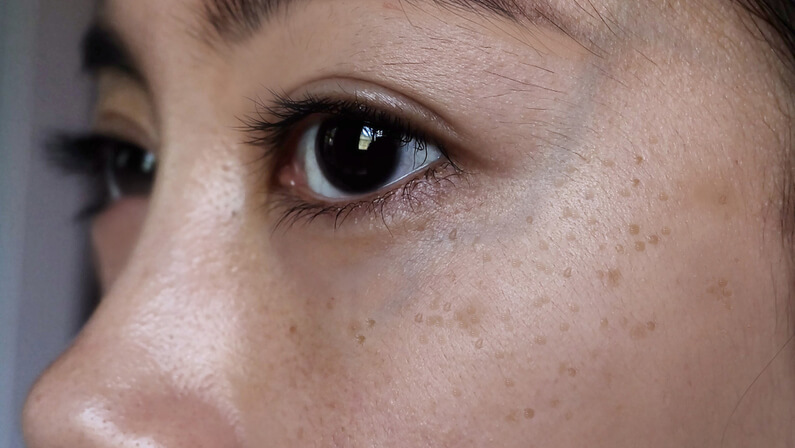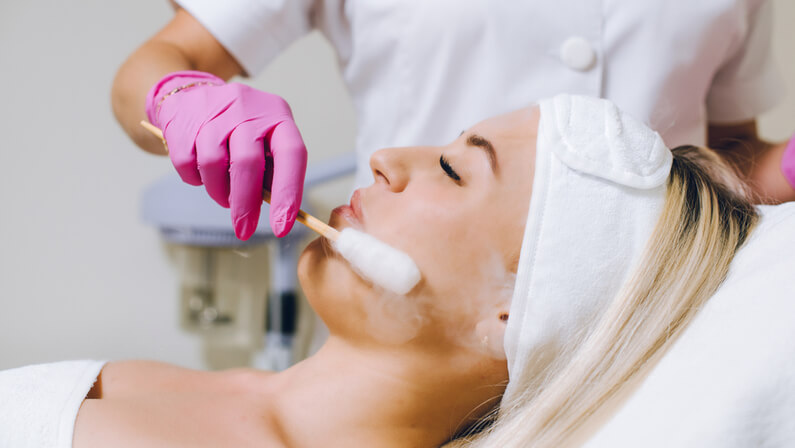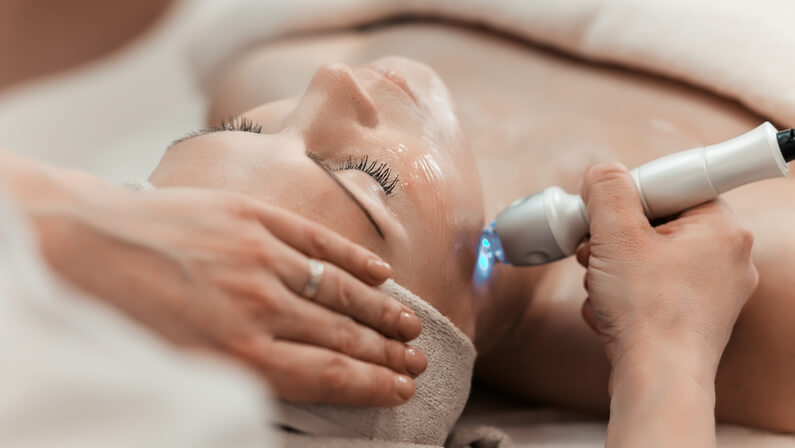One of the most common skin growths is seborrheic keratosis. Medical offices offer several options for removing your seborrheic keratosis.
Seborrheic keratoses are not malignant skin growths, yet they are commonly misdiagnosed as such.
You can learn more about what it means for your skin’s health and how to get rid of the seborrheic keratosis unattractive growths in this article.
Table of Contents
What is Seborrheic Keratosis?
Seborrheic keratosis is a benign skin growth that seems to have firmly adhered to the skin. It commonly happens, and many people may experience one at some point in their lives.
Depending on the variety, it could be white, brown, or even black. They have a similar look to warts. Seborrheic keratoses can appear anywhere on the body, including the chest, shoulders, back, elbows, and other areas.
The epidermis is the skin’s outermost layer, and keratinocytes make up the majority of this layer.
Newer cells are continually replacing older ones in this area. So when keratinocytes produce more cells than usual, it becomes a condition called keratosis. There could be a single growth or hundreds, and only a small percentage of the time do these growths pose any health risks.

What Seborrheic Keratoses Looks Like
A single seborrheic keratosis growth can happen once in a lifetime, or many growths can happen as you age.
Sun-exposed areas such as the chest, abdomen, back, neck, shoulders, and face are the most prevalent.
To be more specific, the growths may be slightly raised above the surrounding skin, light tan in color, look scaly or similar to a wart, and it may even itch occasionally. They can change colors to brown or black over time.

Causes of Seborrheic Keratosis
The actual cause of seborrheic keratoses is unclear.
Seborrheic keratoses cannot be contracted or passed on from one person to another, and excessive sun exposure and genes may both play a role in their occurrence.
Who Are Affected by Seborrheic Keratosis?
Anyone can obtain seborrheic keratosis, but they are most frequently obtained by middle-aged people than younger people. Family members of those who have it are more inclined to inherit seborrheic keratosis.
Seborrheic Keratosis Diagnosis
A dermatologist can usually detect if your skin growth is a seborrheic keratosis by examining it.
A skin biopsy may be required in some circumstances if your healthcare practitioner wishes to check for cancer. A sample of the growth will be taken and examined under a microscope by your healthcare provider.
It’s always a good idea to see your healthcare practitioner if you have any skin conditions that are bothering you. Any growths should be checked by your healthcare practitioner to ensure they are not cancerous or precancerous.
Your healthcare professional will inquire about your medical history, perform a physical examination, and thoroughly analyze your concerns.
Seborrheic Keratosis Treatment
Seborrheic keratoses are benign so they rarely require treatment.

A dermatologist may remove a seborrheic keratosis if it appears to be skin cancer, is easily inflamed, or is considered unattractive by the patient.
Medical offices offer numerous treatment choices for seborrheic keratosis removal which includes:
- Cryotherapy. This is seborrheic keratosis freezing. Liquid nitrogen will be used to freeze the growth after the skin has been numbed. When the diagnosis is apparent and a biopsy sample is not required, cryotherapy is a popular treatment option.
- Electrodessication. After numbing the skin, the seborrheic keratosis will be burned with control by your healthcare professional. Surgical curettes are used to carefully remove the growth’s remnants. There is a low chance of scarring for this method.
- Shave Excision. Your healthcare professional will use this procedure when they need to keep a sample of the growth for lab analysis. A surgical curette will be used to remove the growth and even the skin beneath it after the skin has been numb.
- Laser Therapy. By concurrently burning the growth, sterilizing the wound, and sealing the tissue, lasers serve as an alternative to surgical intervention. Even though laser therapy is rapid, the wound will be uncomfortable for a while after it is finished.
When to Consult Your Doctor
Seborrheic keratosis isn’t dangerous, but it’s best to get it checked out to be sure it’s not something more serious. There are several alternatives accessible to you if you wish to get it removed.
Depending on the type and area of the growth, a healthcare expert can assist you to choose the appropriate treatment technique. It’s important to know the difference between seborrheic keratosis and other skin tumors because the latter might mimic the former.
Consider seeing your dermatologist in the event of an unusually large or unusually bleeding sore on your skin. Team Dermatology in Memorial and Sugarland, Texas may examine and treat any suspected seborrheic keratosis growth. If you’d like, you can make an appointment at any of our sites right away.


